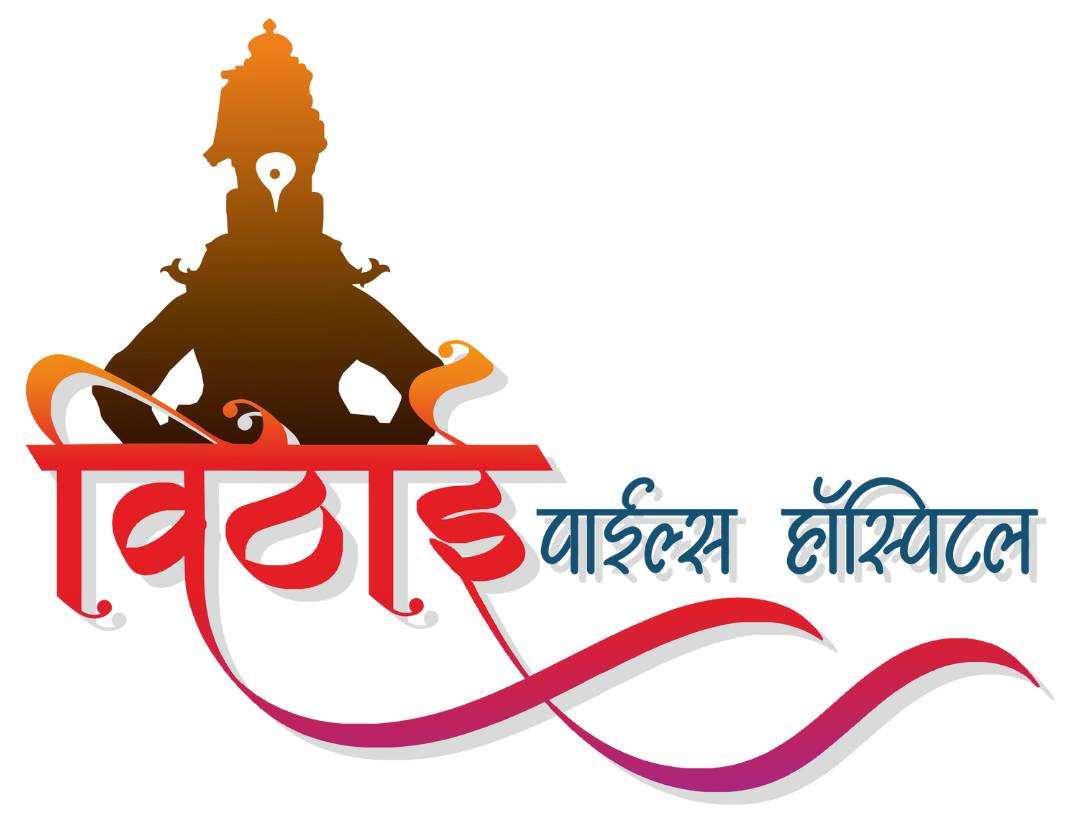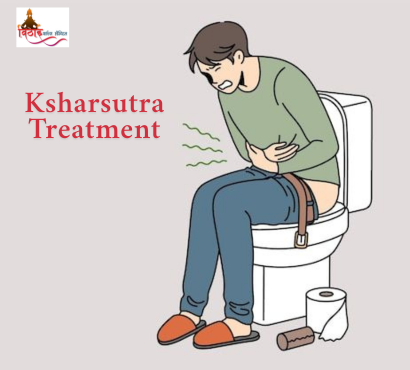Fistula-in-ano remains one of the most challenging anorectal conditions for both patients and doctors. Complex tracts, frequent recurrences, and a risk of complications mean that treatment decisions are crucial. While conventional surgery offers a direct approach, the ancient Ayurvedic technique of Ksharsutra therapy has gained renewed respect—not only for its effectiveness but also for its unique, minimally invasive process.
This guide explores the principles, procedure, scientific evidence, and practical aspects of Ksharsutra treatment for fistula-in-ano, helping Indian readers evaluate traditional wisdom alongside modern medicine.
What Is Fistula-in-Ano?
A fistula-in-ano is an abnormal channel connecting the inside of the anal canal or rectum to the skin outside the anus.
Symptoms include pain, swelling, recurrent pus or blood discharge, fever, and sometimes systemic malaise.
While simple fistulas have single channels, complex types involve multiple branches or distant openings, complicating treatment and increasing recurrence risks.
Ksharsutra: Ancient Roots and Modern Relevance
History
Ksharsutra is a para-surgical Ayurvedic technique first described by Sushruta, the ancient Indian surgeon. The technique uses a special medicated thread (Kshar Sutra), prepared from cotton or linen and coated with herbal alkalis and plant extracts.
Preparation
- Herbal coatings include Apamarga Kshar, Snuhi latex, turmeric, and other antiseptic, healing agents.
- The process takes several weeks, producing a powerful yet gentle caustic thread.
How Does Ksharsutra Therapy Work?
Step-by-Step Procedure
- Diagnosis and mapping: Precise identification of the tract with probes, sometimes aided by sonography or MRI.
- Insertion: Under local or spinal anesthesia, the Ksharsutra is threaded through the fistula channel; its ends are tied together.
- Action: The herbal-coated thread cauterizes, gradually cuts, and heals the infected tissue. It promotes drainage, controls infection, and prompts healthy granulation.
- Weekly thread change: Each week, the thread is replaced, keeping medication constant and healing active.
- Tract closure: Over several weeks (the timeframe varies by tract length), the fistula closes naturally, replaced by healthy tissue.
What Are the Clinical Benefits?
| Benefit | Description |
| Minimally invasive | No large incisions; limited trauma; performed under local anesthesia |
| Low recurrence | Recurrence rates as low as 4% compared to 11% in conventional surgery in multicenter studies |
| Preserved sphincter | Anal muscles are rarely cut or damaged; very low risk of incontinence or stenosis |
| Less bleeding | Gradual healing means minimal intraoperative and postoperative bleed |
| Ambulatory care | Most procedures are outpatient; short hospital stays (4-5 hours typical) |
| Quick return to life | Patients often resume routine work within a few days |
| No need for antibiotics | Herbal action provides natural antimicrobial protection |
Ksharsutra is especially valuable for high-risk or elderly patients, those anxious about anesthesia, and for repeated or complex fistulas.
Evidence: What Does Science Say?
- Indian Council of Medical Research (ICMR) trial: Ksharsutra showed complete healing in all types of fistula-in-ano, albeit with longer median time to heal compared to open surgery (8 weeks vs 4 weeks).
- Recurrence was significantly lower with Ksharsutra (4%) than conventional surgery (11%); incontinence rates also lower.
- Modern variations (e.g., IFTAK technique) may further reduce discomfort and speed up results.
- Many clinics now combine Ksharsutra with imaging, antibiotics for infection risk, and careful patient selection for optimal success.
Limitations and Considerations
- Healing time is longer: Usually 8–12 weeks, determined by tract length and weekly visits.
- Discharge and discomfort: Gradual tissue breakdown can mean persistent discharge; pain varies but is manageable for most.
- Multiple hospital visits: Thread must be changed weekly, requiring discipline and regular clinic attendance.
- Less efficacy in highly complex, multi-branched fistulas: Sometimes adjunct procedures or surgery may be required for complicated cases.
- Downside for impatient or non-adherent patients: Healing demands commitment and close follow-up.
Ksharsutra vs Conventional Surgery: A Comparison
| Aspect | Ksharsutra | Conventional Surgery |
| Invasiveness | Minimally invasive (no major cutting) | Incisions, tissue removal |
| Recurrence Rate | Lower (4%) | Higher (11%) |
| Incontinence | Minimal risk | Some risk |
| Hospital Stay | Short; outpatient | Usually 2–5 days |
| Pain | Mild to moderate; gradual | Moderate to severe; more acute |
| Cost | Generally lower; less resource-intensive | Higher; more hospital resources |
| Suitability | Best for simple/moderate fistulas | Complex/acute cases, emergencies |
Patient Journey
- Initial consultation: Mapping, diagnosis, consent
- Procedure: Thread placement under mild anesthesia
- Weekly checkups: Thread change, wound monitoring, symptom management
- Home care: Hygiene, dietary advice, support with Ayurvedic supplements if needed
- Tracker: Signs of granulation, reduced discharge, improved comfort
- End point: Complete healing confirmed via clinical exam or imaging
Patients are encouraged to keep communication open with their Ayurvedic surgeon or proctologist—timely follow-up enhances success.
FAQ
- Is Ksharsutra safe for all types of fistula-in-ano?
Ksharsutra is highly effective for simple and moderate fistulas. For very complex, high, or multi-channel fistulas, a combination of techniques may be needed. Always get a specialist’s advice. - Does the treatment hurt or have serious side effects?
Discomfort is usually mild to moderate, easily managed with pain medication or local care. Side effects like infection or incontinence are rare compared to conventional surgery. - Can I continue working and daily activities during Ksharsutra therapy?
Yes—most patients resume normal routines after a few days. Regular clinic visits are needed, but downtime is minimal for uncomplicated cases.

